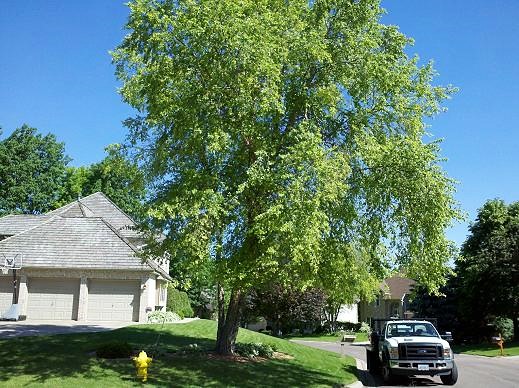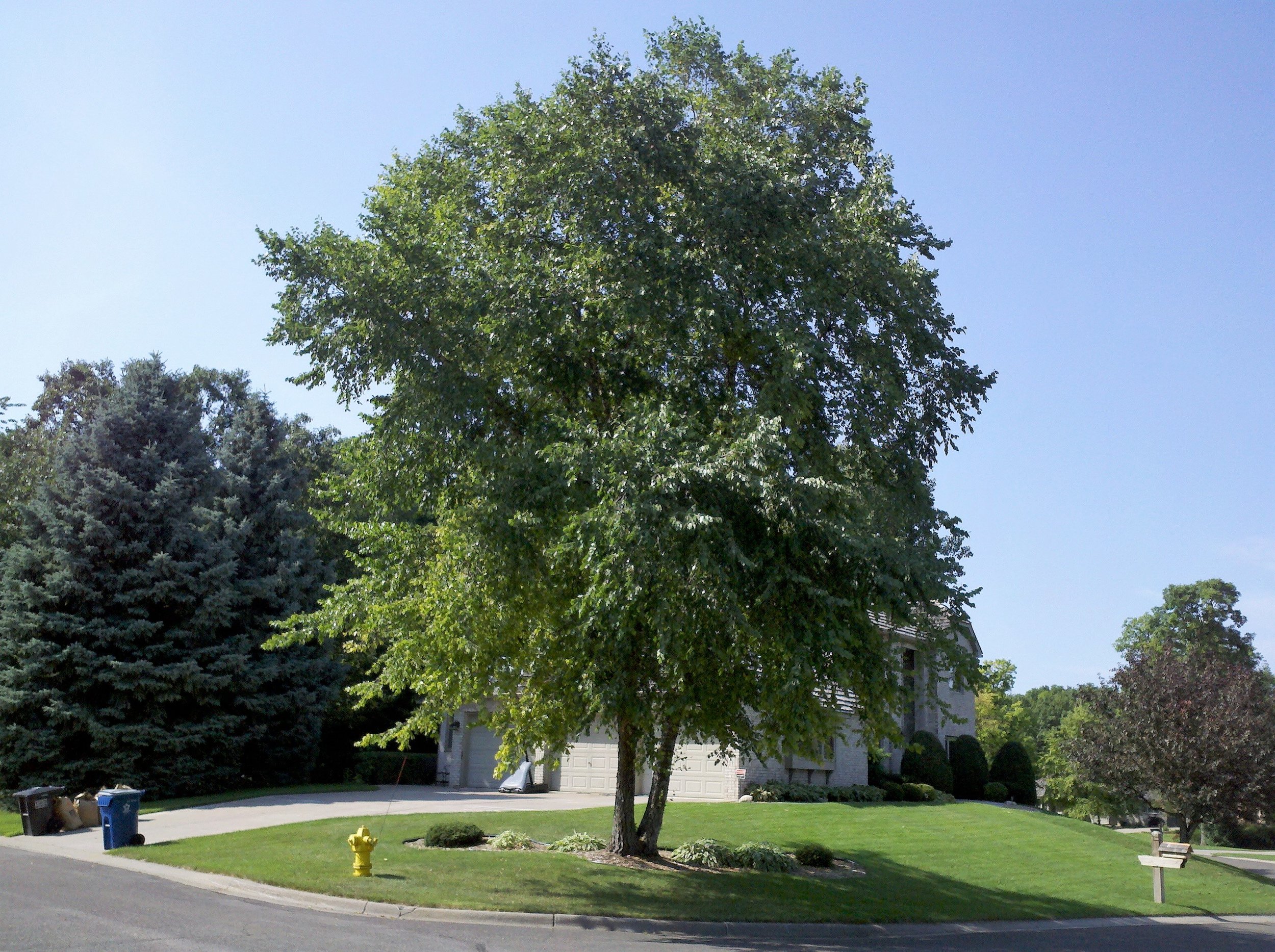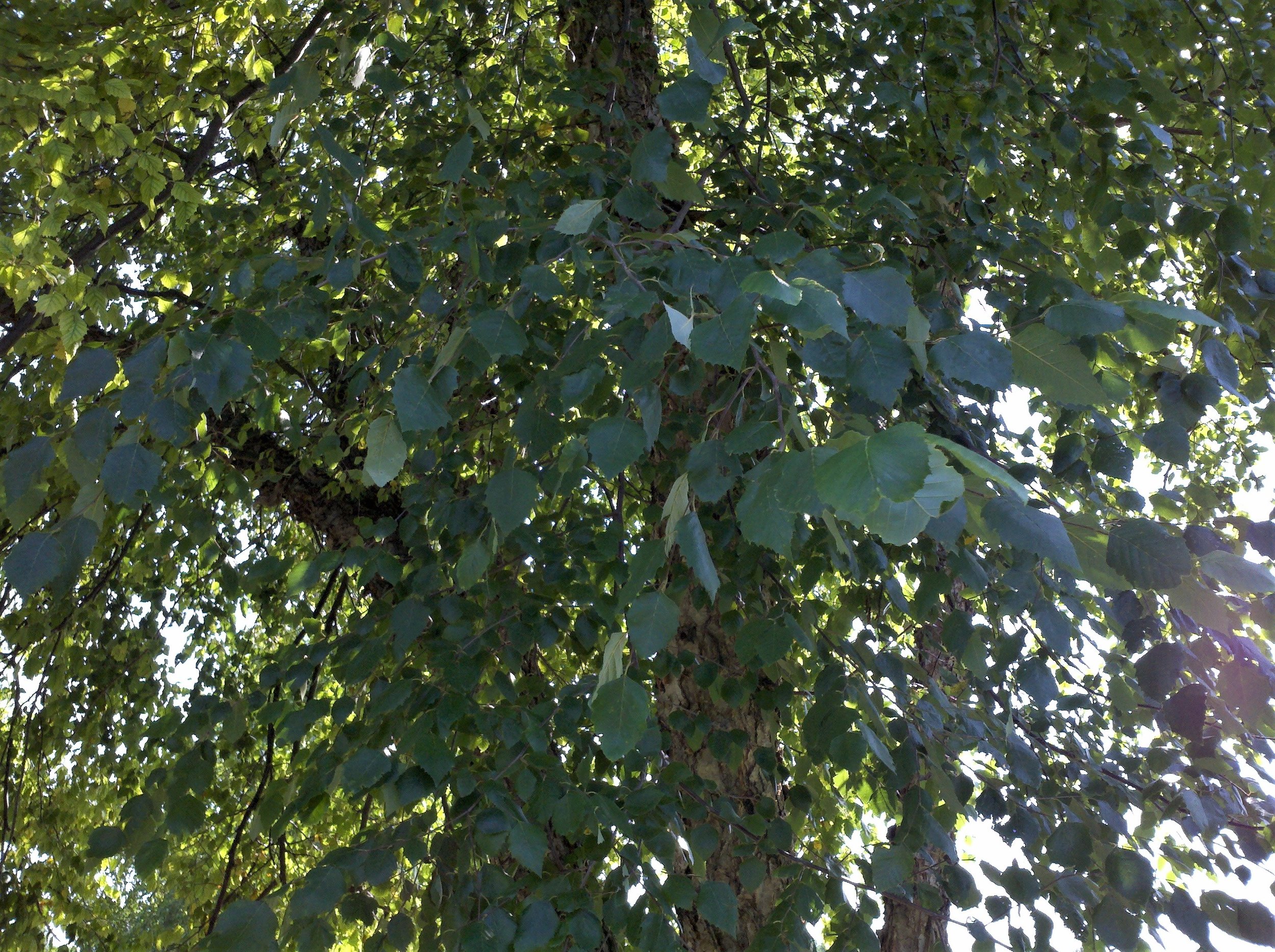Chlorosis and the cause of yellow leaves
When Chlorosis is severe leaves appear near white
Chlorosis is a reduction or loss of green coloration of leaves, typically caused by a deficiency of minerals (micronutrients). Early symptoms are pale green color as leaf veins remain dark green while the area between the leaf veins turns lighter. When chlorosis is severe, leaves can appear near white, dwarfed in size and top canopy dieback occurs. When trees have chlorosis they cannot properly photosynthesize food from the sun and slowly starve.
Common landscape trees prone to chlorosis are Pin Oak, White Oak, River Birch, Red Maple and Autumn Blaze Maple. These trees prefer slightly acidic soil and are less tolerant of neutral to alkaline soil conditions commonly found in the Twin Cities metro area. These trees can do well but may develop chlorosis because fewer micronutrients are available for them in the soil. Additionally water runoff from heavy rain or over-irrigation can cause some nutrients to leach away from the soil.
Here’s what we can do
Shadywood Tree Experts can help maintain your trees with the use of micronutrient trunk injections and annual fertilization. When you sign up for plant health care from Shadywood, we administer the recommended protocols for disease prevention control to keep your trees healthy. With each visit, our arborists assess trees for overall health.
Additional things you can do to maintain the health of your tree
Water trees regularly using a hose or lawn sprinkler for 30-60 minutes (avoid watering to the point of runoff) every one to two weeks if there has not been adequate rainfall. Mulch root systems when possible, using natural wood chips to protect the trunk, condition and improve the soil, and to conserve soil moisture. If you see anything that doesn’t look right, have your trees inspected by one of Shadywood Tree Experts International Society of Arboriculture Certified Arborists.





